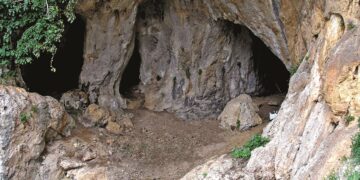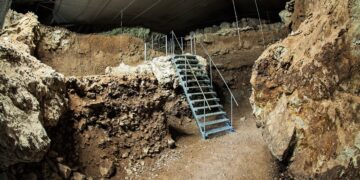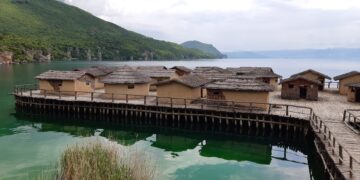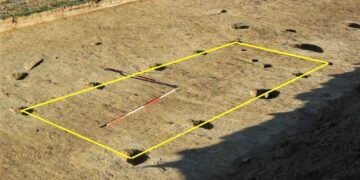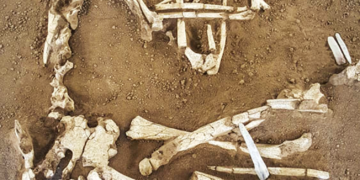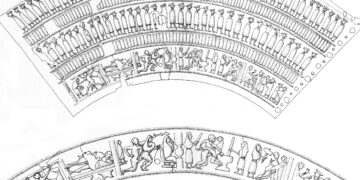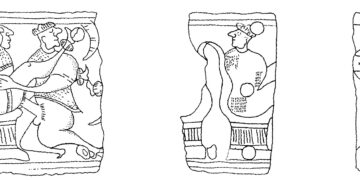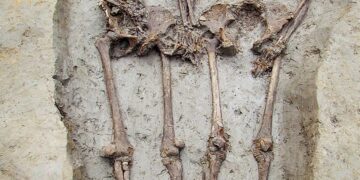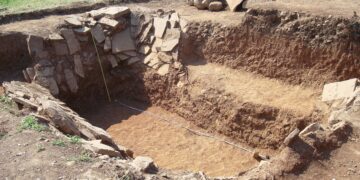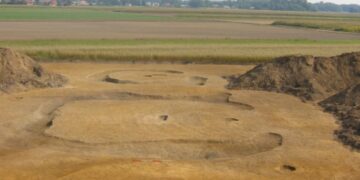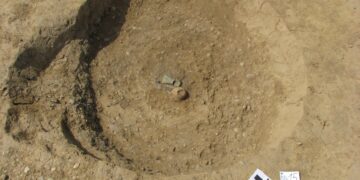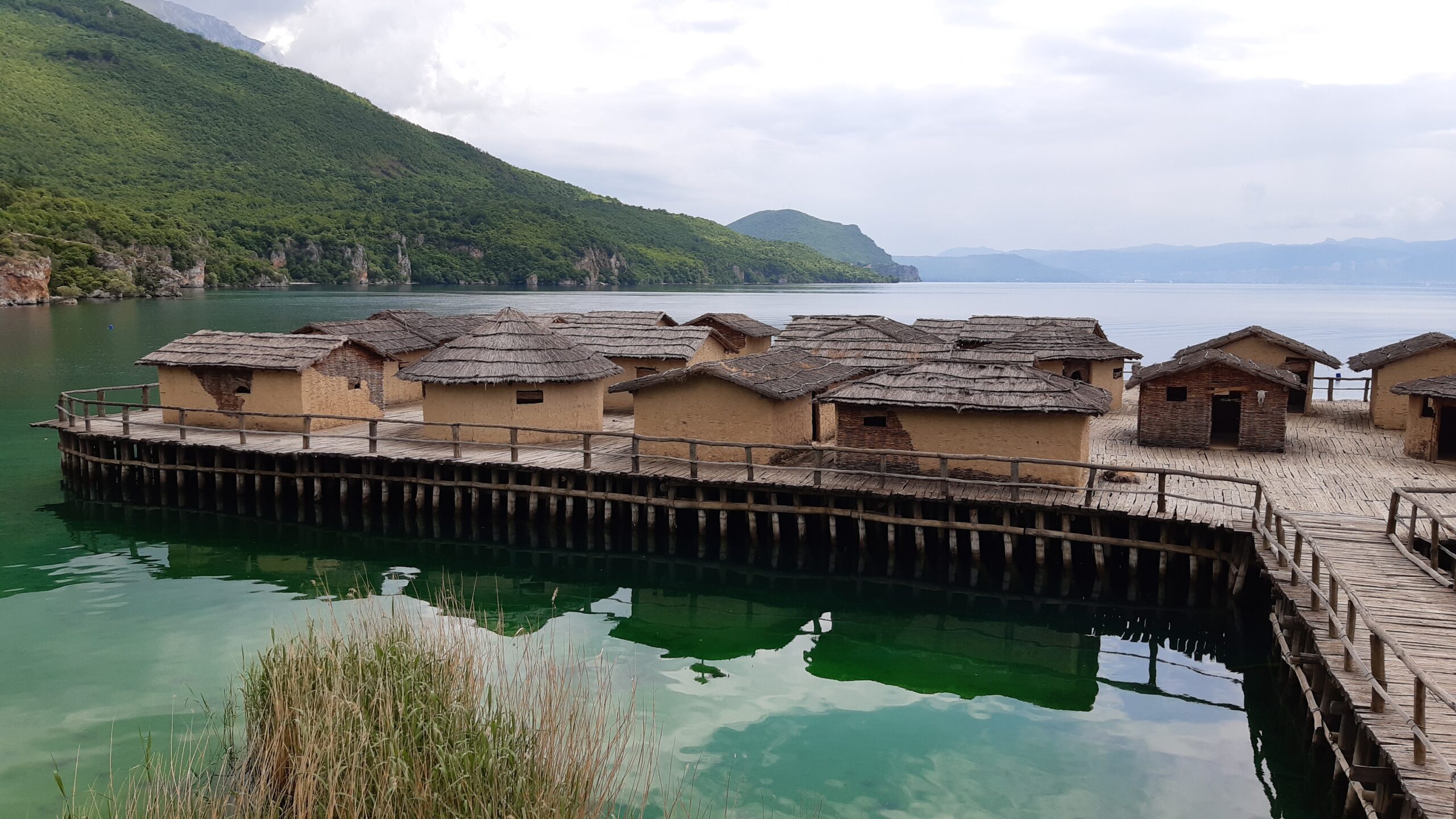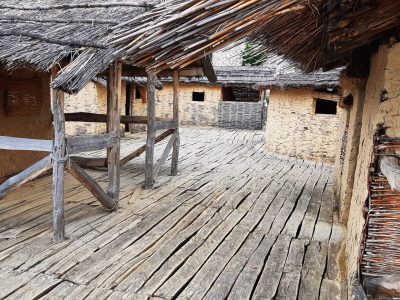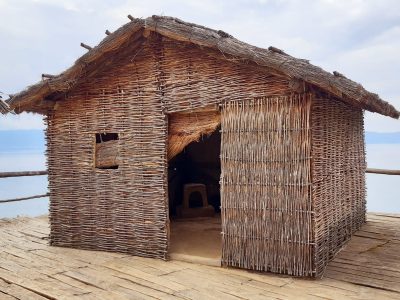Documented in the first half of the 19th century, the palafittes, settlements on platforms erected in shallow waters of New Guinea, were soon discovered in Alpine lakes. The existence of such types of settlements became a part of our collective imagination and is today still often being considered as a fact in the period between the Neolithic and the Bronze Age. What are palafittes? They are construction that does not respond to a single historical and cultural dynamic – they are a meticulously planned architectural solution with mainly residential units characterized by the construction of a floor/platform supported by a variable number of poles driven into dry soil or humid environments such as lakes, rivers or the sea. An architectural form used from prehistory to the present.
Being so profoundly different from contemporary architecture, the imagination palaffite was also the first one to trigger the development of reconstructions, the creation of architectural parks enabling the visitors to directly experience these settlements from the past. The reconstruction of a palaffite settlement, the museum on water otherwise known as the Bay of Bones on the eastern shore of Lake Ohrid is located on the archaeological site Ploča Mičov Kamen. Its attractive setting and architectural composition are directly addressing the visitor’s imagination elevating it into one of the most popular archaeological monuments in Northern Macedonia. It is a vivid testimony to the environmental changes that caused the variation of the water level in Lake Ohrid – a process that covered and preserved numerous archaeological sites and features from the period from Prehistory to the Middle Ages.

